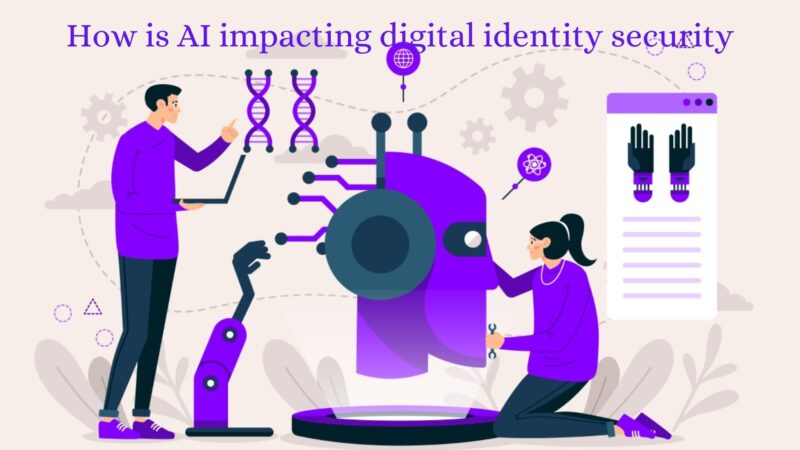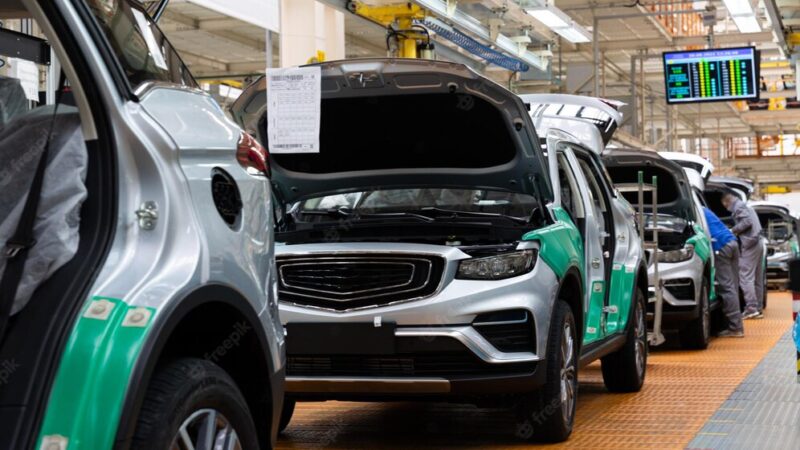What is It That Makes Maruti Suzuki Tick?

Maruti Suzuki India Limited celebrated “40 years” of Suzuki’s partnership in India with the triple announcements on August 28 of a battery, vehicle, and R&D center. This is an important milestone for India’s largest automaker. This is a significant boost for India’s auto industry, which contributes nearly 8 percent to India’s GDP. It is also a great testimony to “Make in India”. It is an honor to be an alumnus.
It was a great privilege to have served two stints with the company, one during its 10th anniversary, and another during its 20th. Since my departure almost 20 years ago I have been able to watch the incredible tapestry of the company’s journey with the same enthusiasm, involvement, and passion that I had when I was there.
There are four factors that I believe helped Maruti/Maruti Suzuki to survive in the first 20 years. These are the causes and not the outcomes that made theocratization what it is today. It is a “national institution” rather than a manufacturer of automobiles.
The employee
You can bring in the most advanced machinery, processes, and software but if people aren’t up to the task, nothing will work. I have never met a group so dedicated to the cause in my three-decade career. Culture and clarity followed.
An incident that I vividly recall from my summer internship on the shopfloor in 1990 is a memorable one. An operator lit a cigarette at the end of the mandatory time-bound tea break and took one puff when the bell rang. He blew out his cigarette in a flash and was back at the assembly line. He didn’t take another puff!
Stereotypically lazy and unmotivated Indian worker was transformed here by a group of people on a common mission. Stereotypically incompetent and autocratic managers were here to serve as professional leaders, believing in teamwork. It was as if everyone joined the organization to make a real difference. The plant was a unique combination of Indian ingenuity and Japanese industriousness.
The customer
Indian middle-class customers were finally able to have a middle-class Indian company grant them their dream of owning a vehicle. The Premiers and HMs of the world were big industrialists who did a favour by allocating cars at their convenience and at the level they desired. This was the state’s enthusiasm for democratizing mobility after years of license-driven scarcity. Personal cars were no longer considered exclusive.
A reliable, durable, affordable, and easy-to-drive automobile was what the middle-class customer needed. The Maruti 800s, a tiny car that was only 1.2 meters in length, was just what the customer needed. The company recognized the basic problems and set about solving them. The average customer needs the same characteristics in an automobile, even though bells and whistles may be available later.
Maruti has a strong relationship with its Indian customer, which allows it over 40% market share, despite having 40 years of operation with nearly 20 global brands.
The chutzpah
You would think that an “Sarkari” organization governed by Japanese management principles would be quiet and introverted. This is not the case. At a 2003/04 press conference, MD Jagdish Khattak made a comment that I will never forget. He was announcing a price reduction. One journalist asked him, “Won’t you bleed from this?” He replied, “I may bleed but I will give my competition a haemorrhage.”
Maruti Udyog wasn’t your typical PSU. It operated in an independent, opinionated, and market-driven manner. It was not to be taken lightly nor its opinions could be ignored.
It displayed a certain amount of courage in its behavior and many initiatives reflected that. It launched a van and an SUV within its first two years, rather than relying on one vehicle; participated in the Himalayan rally with a factory team; transformed Peugeot’s TUD5 into a Zen-like car; created Formula Maruti for Indian motorsports and started businesses such as finance, accessories, and insurance; established a special finance program for teachers; and launched a car through a movie, instead of television. There are many more. Each case demonstrates how Maruti understood customers better. These are typical B-school case study examples.
The purpose
This was the central factor that unified all the pieces of the puzzle early in the organization’s life. Each stakeholder was aware of the greater goal of “democratizing mobility” and building a young nation. The purpose was made a tangible promise, and the ecosystem was geared up to keep it.
The promise was made for the first 20 years of its existence and continued until 2000.
All of it was about making automobiles more affordable to purchase. The ecosystem was designed with an eye to cost efficiency and process efficacy. This included better planning, designing, and ordering. Layout, quality control, and servicing. The cheapest cars were also the most efficient in fuel consumption.
It was “the lowest cost ownership” for the next 20 years.
This ecosystem was restructured to cover all aspects of vehicle ownership. It includes buying, selling, servicing, personalizing, financing, servicing, insuring, and financing. Some of the most brilliant minds in the industry led the internal transformation. Again, it was a team effort and collective enthusiasm that ensured the process reached near-immediate levels of customer satisfaction and process perfection.






